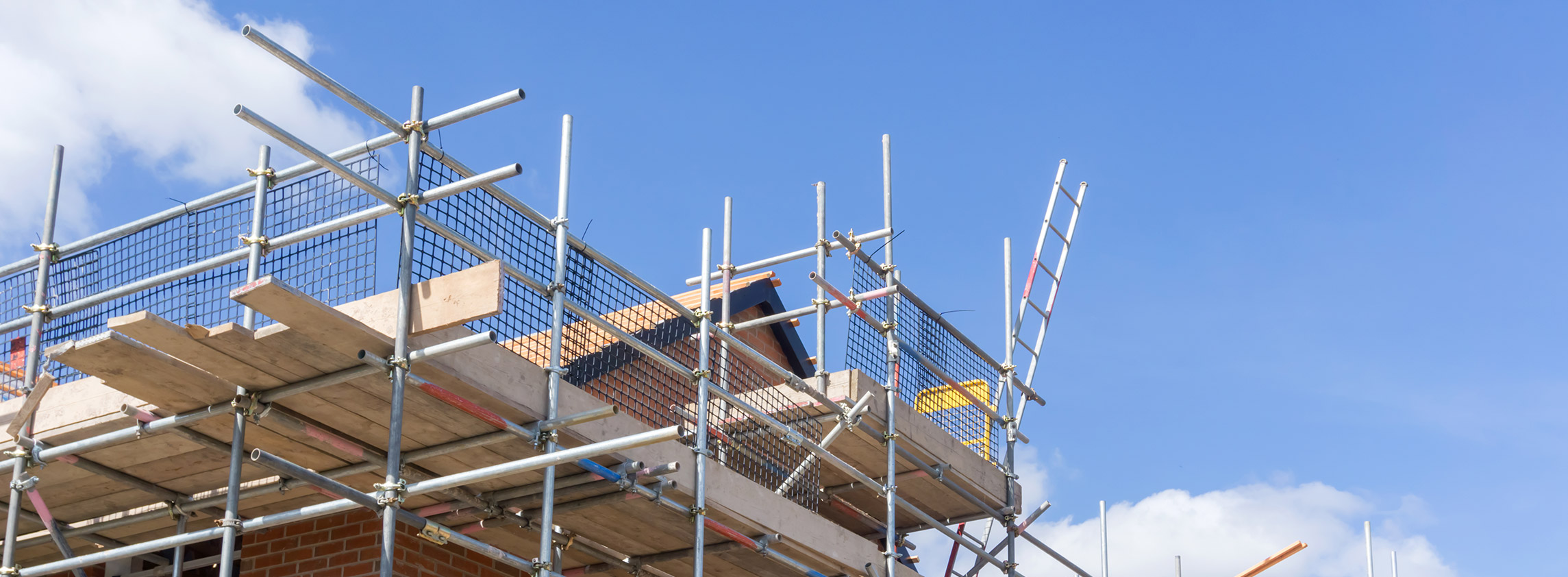Land values have remained robust with increasing demand levels, but there is an eye to risk management
Land values have remained robust over the past quarter with UK greenfield and urban values increasing by 0.3% and 0.6% respectively. Activity levels in the land market have been higher than previous quarters, new sites continue to be launched on to the market, and buyers appear more motivated and decisive but with an eye to risk management due to market uncertainties ahead.
Land values and the numbers of bids per site have proved resilient, both recovering to stronger than pre-Covid levels in some markets. A net balance of 22% of Savills development agents reported that new sites continue to be brought on to the market, while a net balance of 37% reported an increase in the number of bids compared to normal levels.
There could be some pent-up demand for sites, as although some major housebuilders bought as much land in 2020 compared to normal levels, there are those who bought c.50–70% fewer plots in 2020 and others with a c.20–25% reduction in plots bought. Taylor Wimpey stands out for buying considerably more land in 2020, significantly ahead of normal rates of acquisition.
The strength of the housing market in the second half of 2020 has given land buyers more confidence. House prices grew by 7.3% in the year to December 2020 according to Nationwide, and transactions in November 2020 were 19.3% higher than the previous year, according to HMRC.
However, smaller sites (50–100 units) in primary locations have continued to attract strong interest over the past quarter, another sign of risk aversion from parties. Deferred payments terms remain common, allowing developers to spread their outgoings. There are also more examples of parties considering conversions of private plots to affordable and bulk sales to build to rent, as developers look to de-risk sites at a time of increasing market uncertainty with the end of the stamp duty holiday in March – around the same time that unemployment is expected to peak.
Demand for sites in urban locations
Demand for urban sites across many areas persists, underlining that the vast majority of parties are resuming previous land-buying activity, albeit that some remain cautious about developing in these locations.
The Government has increased its emphasis on brownfield development and in December 2020 announced £167 million of new funding to support development on such land. This includes a £100 million brownfield land release fund to facilitate regeneration and development on public sector land. £67 million has been allocated specifically to Greater Manchester and the West Midlands. The most recent figures published show that 53% of new homes in England were built on brownfield land in 2017–18, according to MHCLG.
Planning for beyond Help to Buy
Sales rates for the major housebuilders in H2 2020 were very strong, averaging 0.72 sales per outlet per week, and for many exceeding pre-Covid levels. This performance has been fuelled by pent-up demand after the spring 2020 lockdown, the stamp duty holiday and the 2013–21 Help to Buy Equity Loan scheme which closed for new reservations on 15 December. Enhanced affordability from low interest rates and buyer demand for more space has also bolstered sales performance.
Despite the changes to the Help to Buy scheme and the ending of the stamp duty holiday, there are strong forward sales for completion beyond March 2021 and cancellation rates have remained stable, which provides housebuilders with greater certainty going into 2021. However, there are early indications of recent sales rates returning to more normal levels after a strong performance in H2 2020, which for some is a result of a lack of stock to sell, limiting the number of sales. Many of the housebuilders are anticipating 10–15% fewer completions for the coming year compared to 2019.
Addressing the green agenda
The Government has reiterated its green agenda in the Ten Point Plan published in November 2020. The Future Homes Standard will require a 75–80% reduction in emissions in new build homes by 2025 compared to current levels, including a ban on gas boilers in new homes, with an interim uplift in building regulations taking effect from June 2022.
Higher build costs as a result of these changes to Part L building regulations are increasingly being referenced and factored into land bids. These additional costs to meet the standard are predicted to be in the range of 1–2.5% per house, according to figures published by some of the major housebuilders.
Many of the major housebuilders are already adopting measures to improve their environmental performance. This includes research into low carbon technologies, developing net zero carbon house types and implementing policies of biodiversity net gain. There are also efforts by some to reduce carbon emissions not only across their developments, but also from their supply chains. Some are making greater progress than others adopting science-based targets for carbon reduction and achieving a c.20% reduction in Scope 3 carbon emissions. However, all listed housebuilders are legally required to report on their own direct emissions and emissions from their purchase of energy. Despite this progress being made by many, the sector still has a long way to go to reach net zero carbon standards. Over the longer term, greater costs to providing net zero standards may put pressure on land values, unless buyer preferences for energy-efficient homes result in a boost to sales rates and/or prices.
View our latest Q4 2020 Market in Minutes research here.
